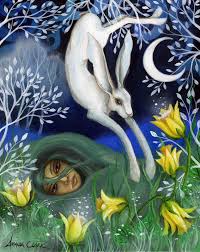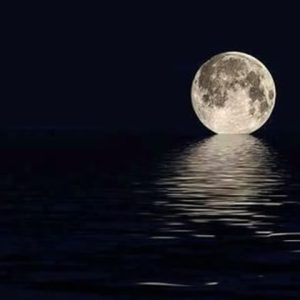Alternative Names for Spring Equinox: Eostre (attested solely by Bede), Ostara (Jacob Grimm), Easter (Christian), Alban Eilir (Welsh).
Usually occurs around the 20th – 23rd March
What is Spring Equinox?
An equinox is the moment when the centre of the Sun’s disc is directly above the Earths equator. There are two equinoxes every year; one in Spring (March) and one in Autumn (September) – the difference being which side of the Earth is facing the Sun.

On an equinox day and night are roughly equal all over the planet when the Sun crosses the Earth’s equator and both the northern and southern hemispheres are equally illuminated.
According to the astronomical calendar, the Equinoxes are generally regarded as being the start of Spring and the start of Autumn. As an astronomical event the Spring Equinox is one of the Solar festivals. In the distant past when our ancestors viewed the year as having two halves, the Spring Equinox was the start of the light half of the year and the Autumn Equinox the start of the dark half.
The Spring Equinox is a time when Hares are renowned for going mad; ‘As mad as a March Hare’. When Hares ‘boxed’ it was thought to be two males fighting over a female. It is now know that it is a male and a female. The female is basically saying ‘you wanna father my babies? come on them prove you’re worth it’.
Everything is ‘at it’ during this season. Fertility is rising at an exceptional rate, driving mating rituals across the whole spectrum of animal life. It is no wonder that for time immemorial Spring Equinox has been viewed as a time of rebirth.Both eggs and seeds have become representative of rebirth. They are symbolic of new life in animals and plants respectively and have featured heavily in the customs and traditions of Spring Equinox for many years
The Moon at Spring Equinox
The ‘Plough Moon’ is an old name by which the Moon in March was know in Britain as it coincides with readying the land for planting. The ‘Wind Moon’ an alternative name is in-keeping with the weather during March.
The Moon in conjunction with the Spring Equinox determines the date of Easter. It is calculated as being the first Sunday after the full moon, falling on or after the Spring Equinox.
A Spring Tide, (as in the meaning of leap forward, not the season) is one that occurs at new or full moon. This is when the greatest difference between high and low tide occurs, due to the Sun & Moon being aligned with the Earth .
A Full or New Moon occuring at Equinox creates the largest tidal ranges of the year, due to the Sun and Moon being aligned with the Equator. An exceptionally high equinoctial tide coinciding with a storm can create disaster for coastal areas. The combination of storm-surge with Spring tide can be lethal.

Welcome Eostre & the Spring Goddess power ~ Video by Celestial Elf (2011)
GDPR Compliant